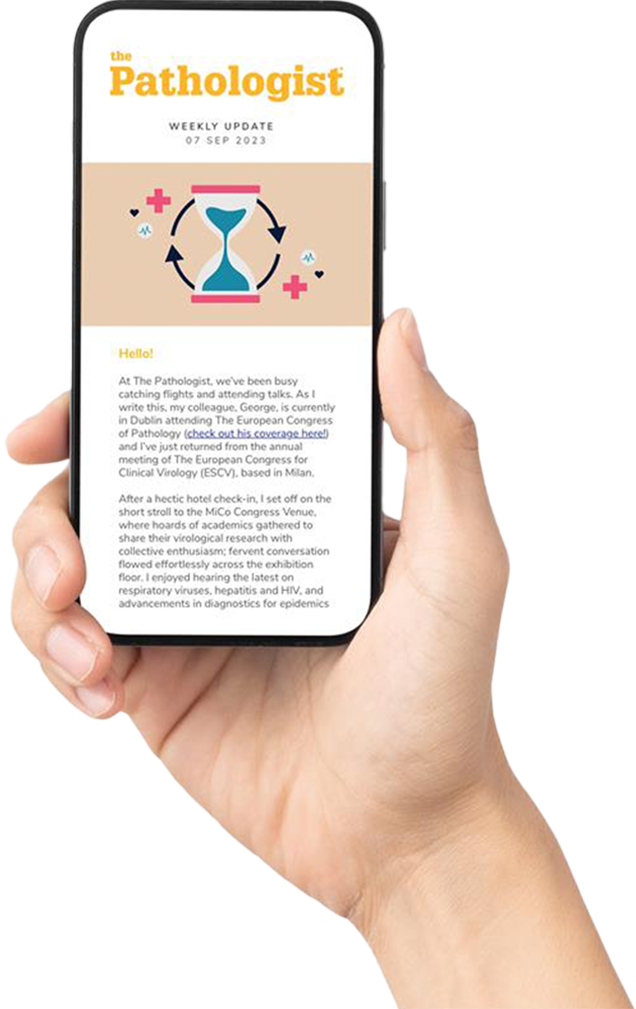Seaport criteria classify lymphocytic myocarditis into mild, moderate, and severe grades.
Diagnosis is based on T lymphocyte identification using CD3 immunohistochemistry.
Mild myocarditis requires either a single cluster of 5+ lymphocytes or 15 non-clustered CD3+ cells.
Moderate myocarditis requires two or more lymphocyte clusters.
Severe myocarditis shows multifocal or diffuse infiltrates with myocyte injury.
Developed through a 3-year Delphi process involving pathologist feedback.
Seaport Criteria Bring Clarity to Myocarditis Grading
New guidelines combine hematoxylin and eosin and CD3 staining to improve diagnostic accuracy and reproducibility worldwide
10/10/2025
News
2 min read
